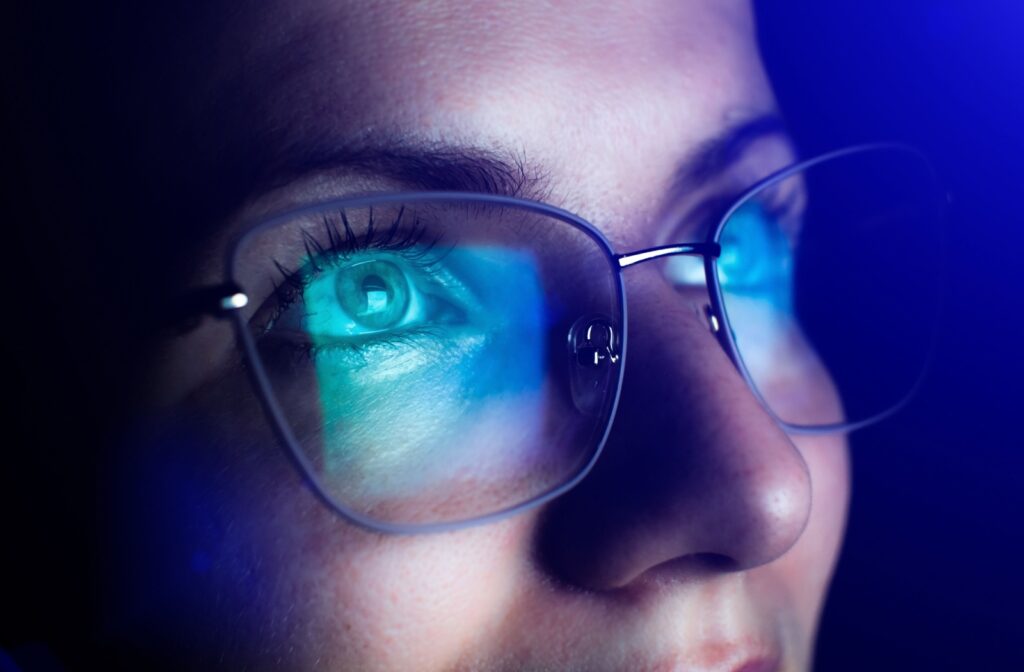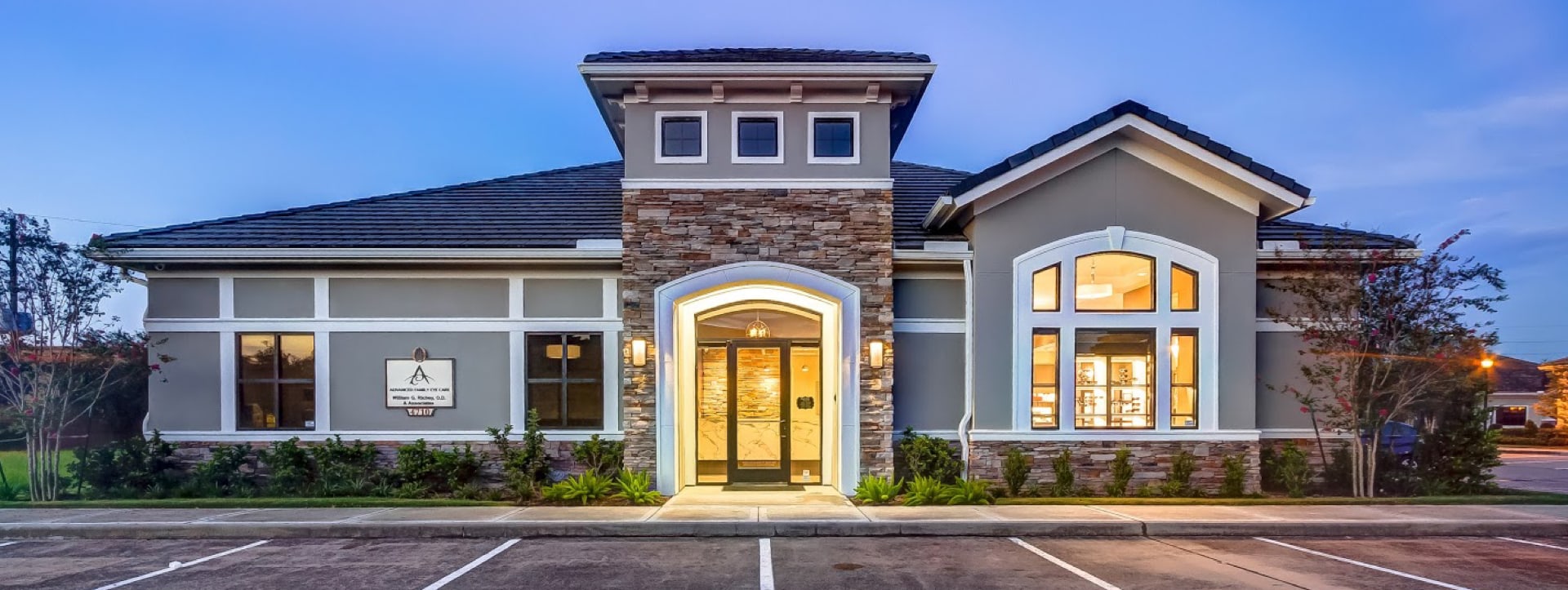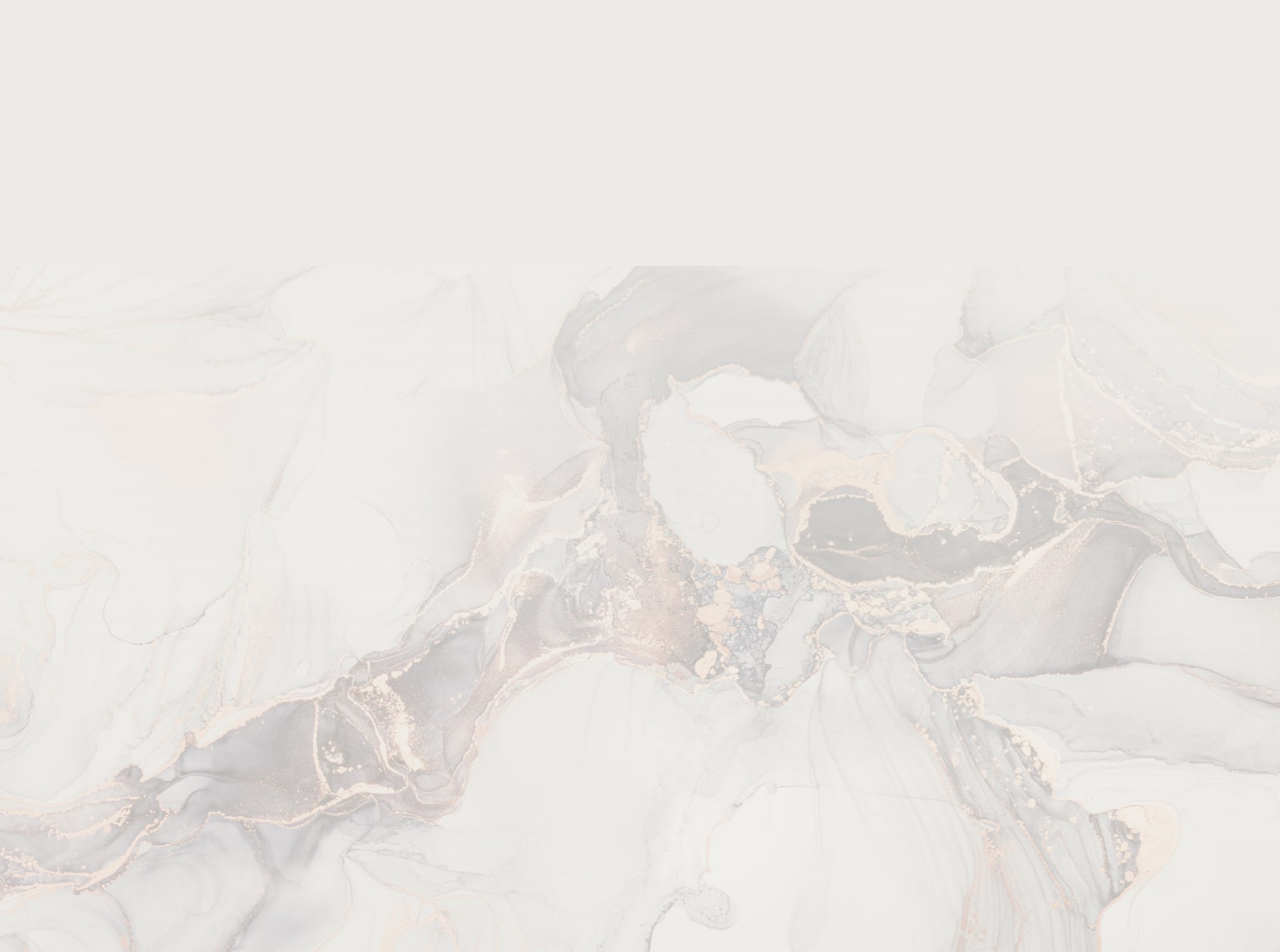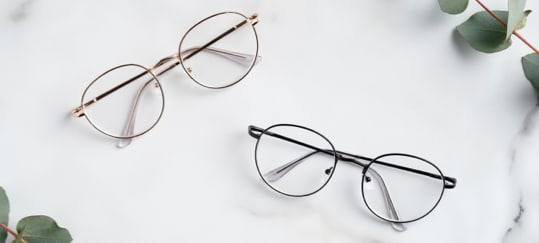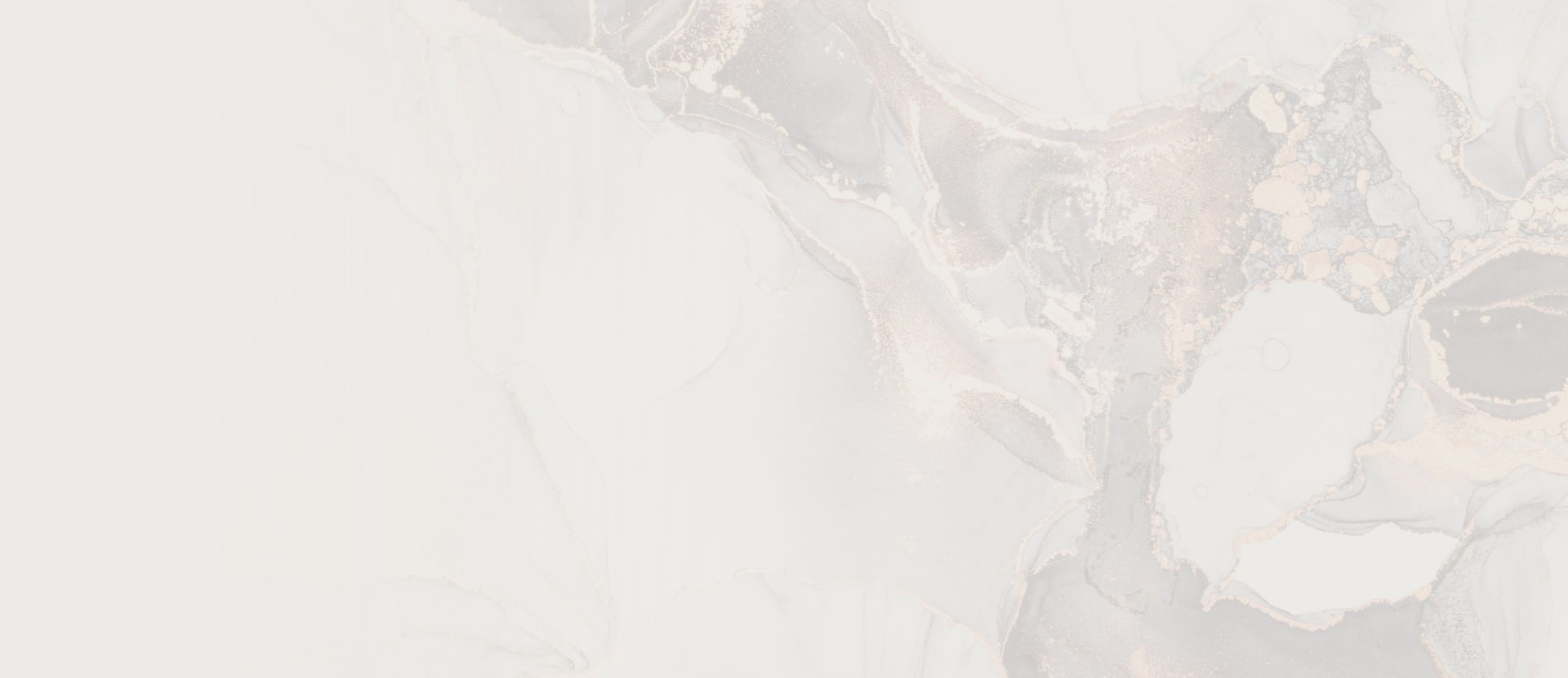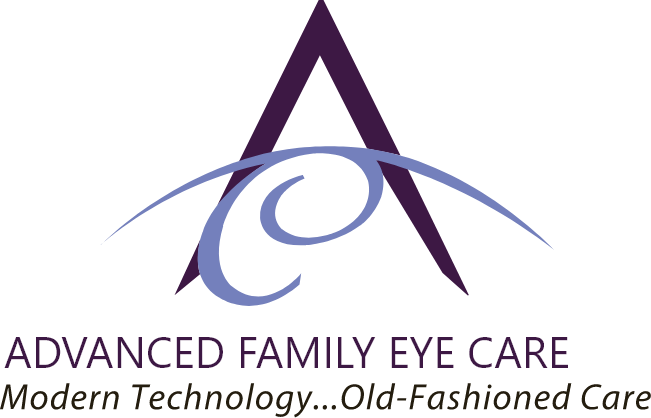Blue light glasses have become increasingly popular, especially among people who spend most of their day in front of screens. From office workers and students to gamers and remote employees, more people are reaching for this specialized eyewear in hopes of easing discomfort and protecting their vision. But if you’re dealing with symptoms of dry eye, you might be wondering: can blue light glasses actually help?
Blue light glasses may help reduce blue light exposure, but they are not a reliable treatment for dry eye disease.
If you’re struggling with dry, itchy, or irritated eyes, it’s best to book an eye exam and explore more effective options like professional dry eye treatments. These methods target the root causes of dry eye and offer longer-lasting relief than blue light glasses alone.
Understanding Dry Eye Disease
Dry eye disease is a common condition that affects millions of people. It occurs when your eyes don’t produce enough quality tears to keep the surface of the eye properly lubricated. This can happen due to decreased tear production, rapid tear evaporation, or an imbalance in the tear film.
Common symptoms of dry eye include:
- Redness and irritation
- Blurred vision
- Grittiness or a feeling like something is in your eye
- Sensitivity to light
- A burning or stinging sensation
While these symptoms can occur for various reasons, one of the most common culprits is prolonged screen use. When we stare at screens, we blink less often, reducing the spread of tears across the surface of the eyes. This leads to dryness, discomfort, and often, digital eye strain.
What Are Blue Light Glasses?
Blue light glasses are designed to filter out blue light emitted from digital screens, LED lights, and other artificial sources. Blue light is a high-energy visible (HEV) light with wavelengths between 380 and 500 nanometers. While natural blue light from the sun is essential for regulating your sleep-wake cycle, too much exposure to artificial blue light—especially at night—can lead to discomfort and disrupted sleep.
These glasses typically have lenses with a slight yellow or amber tint or a coating that helps block a portion of this blue light. They’ve been marketed as tools for reducing digital eye strain and improving sleep quality for people who spend significant time on phones, tablets, and computers.
Do Blue Light Glasses Actually Help with Dry Eye?
The short answer: not really—at least not directly.
Research on the effectiveness of blue light glasses is still developing, and while they may help reduce some blue light exposure, there’s limited scientific evidence that they provide relief for dry eye symptoms. A 2023 systematic review published in the Cochrane Database of Systematic Reviews found that blue light filtering lenses do not significantly improve visual performance or sleep quality compared to regular lenses.
In other words, while blue light glasses might reduce overall screen-related fatigue, they’re not a proven solution for treating dry eye disease. That said, some individuals with unstable tear films have reported slight improvements in comfort when wearing these lenses—possibly because reducing eye strain encourages more natural blinking.
Effective Treatments for Dry Eye
If you’re experiencing frequent or severe dry eye symptoms, there are several reliable treatments available. These options can be customized based on the severity and underlying cause of your condition.
- Artificial tears: Over-the-counter or prescription eye drops can supplement your natural tear production.
- Warm compresses: Applying warmth to the eyelids can help unclog blocked oil glands, improving tear quality.
- Humidifiers: Adding moisture to the air, especially in dry climates or heated homes, can help prevent tear evaporation.
- Blinking exercises: Taking regular screen breaks and blinking intentionally can stimulate tear production and spread.
- Prescription eye drops: These may include anti-inflammatory medications like cyclosporine (Restasis) or lifitegrast (Xiidra).
- Punctal plugs: These tiny devices are inserted into the tear ducts to prevent drainage and help tears stay on the eyes longer.
- Intense pulsed light therapy (IPL): This technique targets meibomian gland dysfunction, which is a common cause of evaporative dry eye.
- BlephEx: A deep cleaning treatment that removes debris and bacteria from the eyelid margins to promote healthy tear production.
- iLux and LipiFlow: Devices that use heat and pressure to unblock clogged oil glands, improving the lipid layer of the tear film.
- Amniotic membrane therapy: In more severe cases, an amniotic membrane may be applied to promote healing and reduce inflammation on the eye’s surface.
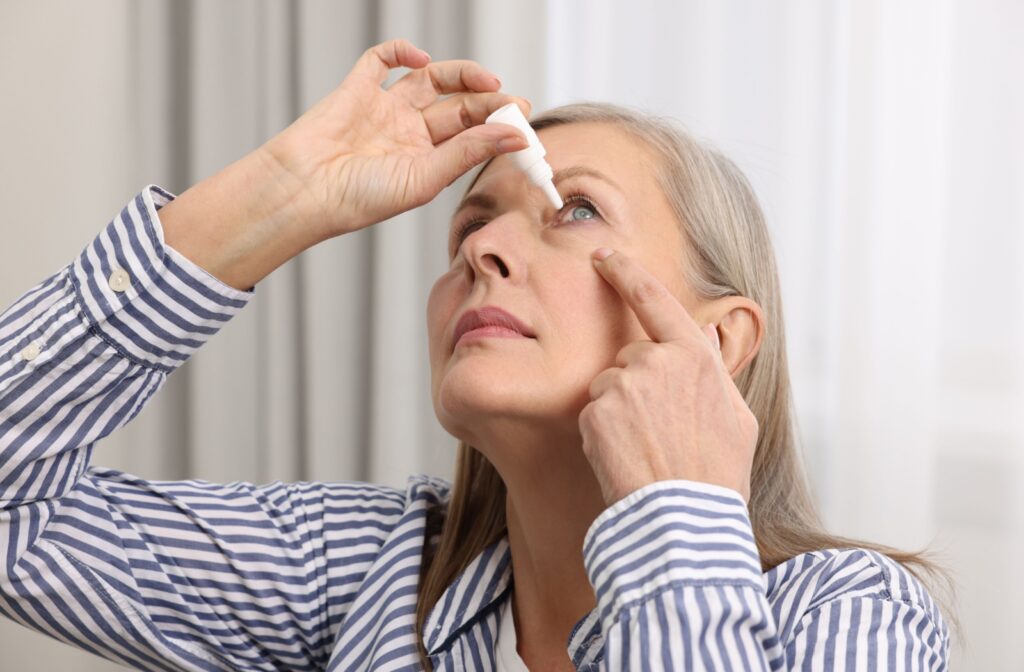
What Should You Do If You Have Dry Eyes?
If you regularly experience dry, burning, or irritated eyes, don’t rely solely on blue light glasses to fix the issue. These glasses might offer temporary comfort, especially if you’re dealing with general screen fatigue, but they aren’t a substitute for treating the underlying causes of dry eye disease.
Instead, schedule a comprehensive eye exam with your optometrist. Advanced Family Eye Care offers advanced diagnostics and tailored treatment plans to help relieve dry eye symptoms and protect your long-term eye health. Whether you need prescription drops, in-office therapy, or simple lifestyle changes, our team is here to help.
Get Lasting Relief for Dry Eyes
Blue light glasses might be useful for easing digital eye strain, but they are not an effective treatment for dry eye disease. The best approach is to work with a qualified eye care professional who can assess your symptoms and recommend a targeted solution. Advanced Family Eye Care is committed to helping you find lasting relief through personalized care and cutting-edge treatments. If you’re tired of dealing with dry, irritated eyes, book an appointment with us today to get started.


